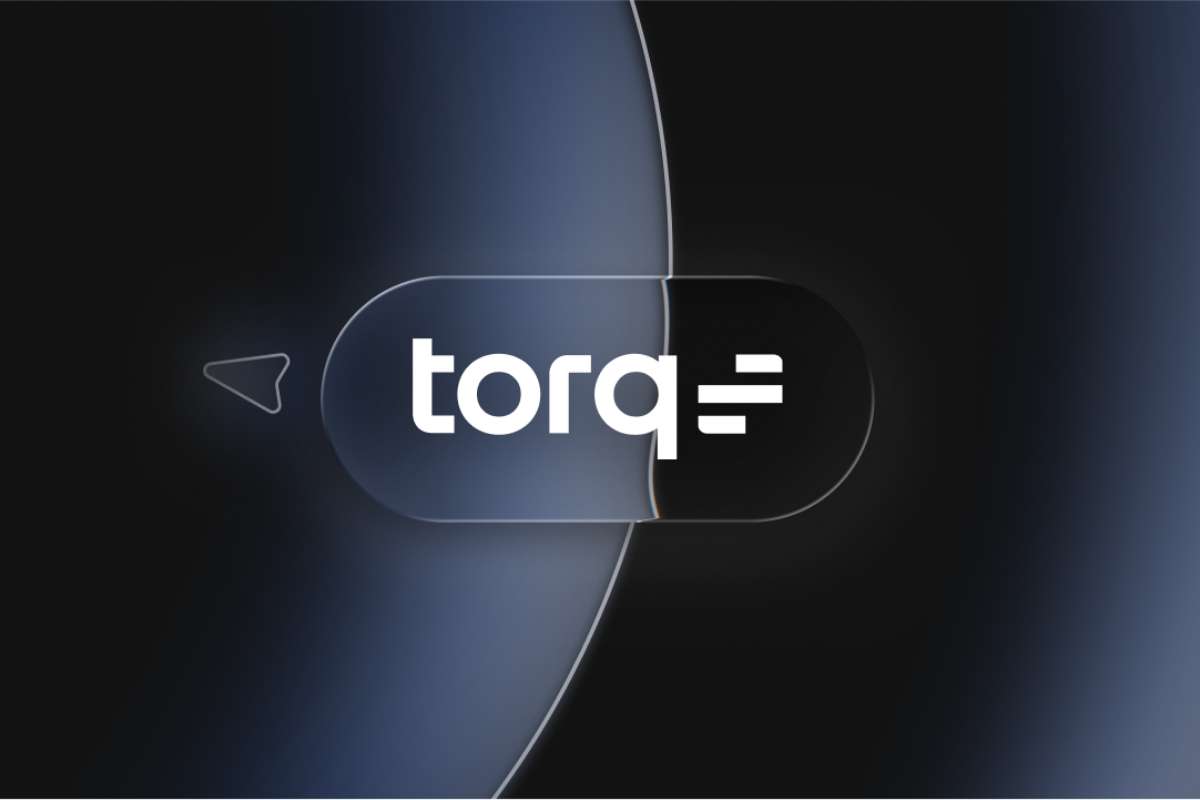Covariance in machine learning plays a pivotal role in understanding the relationships between variables within datasets. It’s a statistical measure that indicates the degree to which two random variables change together. In simpler terms, it helps us understand how changes in one variable relate to changes in another. This article will delve into the significance of covariance in machine learning, its calculation, interpretation, and practical applications.
What is Covariance in Machine Learning?
Covariance in machine learning refers to the measure of how much two random variables vary
together. In other words, it quantifies the degree to which the variables move in relation to each other. It can take positive, negative, or zero values, indicating the nature of the relationship between the variables.
Interpreting Covariance:

The sign of covariance indicates the nature of the relationship between the variables:
- Positive Covariance: Indicates that the variables tend to increase or decrease together.
- Negative Covariance: Indicates that one variable tends to increase as the other decreases.
- Zero Covariance: Indicates no linear relationship between the variables.
However, the magnitude of covariance alone does not provide insights into the strength of the relationship between variables. Therefore, normalization techniques like correlation are often used to measure the strength and direction of the relationship.
Practical Applications of Covariance in Machine Learning:
- Feature Selection: Covariance analysis helps identify redundant features in datasets. Features with high covariance can be indicative of multicollinearity, which can adversely affect model performance.
- Portfolio Optimization: In finance, covariance is used to assess the risk associated with a portfolio of assets. Assets with high positive covariance tend to move together, increasing portfolio risk.
- Image Processing: In image processing, covariance matrices are used to represent the texture of images. This enables algorithms to distinguish between different textures and patterns.
- Anomaly Detection: Covariance analysis can be employed in anomaly detection algorithms to identify deviations from normal behavior. Sudden changes in covariance matrices can indicate anomalies in data streams.
- Genomic Analysis: Covariance analysis is used in genomic studies to identify genetic markers associated with certain traits or diseases. It helps researchers understand the relationships between different genetic variables.
Understanding Covariance Matrix:

In machine learning, we often deal with datasets containing multiple variables. Instead of analyzing pairwise covariances between individual variables, we can compute the covariance matrix, also known as the variance-covariance matrix. This matrix provides a comprehensive overview of the relationships between all pairs of variables in the dataset.
Each element in the covariance matrix represents the covariance between two variables. The diagonal elements represent the variances of individual variables, while the off-diagonal elements represent the covariances between pairs of variables.
Eigendecomposition and Principal Component Analysis (PCA)
Eigendecomposition of the covariance matrix is a crucial step in dimensionality reduction techniques like Principal Component Analysis (PCA). PCA aims to transform the original variables into a new set of orthogonal variables called principal components. These components are ordered in terms of the amount of variance they explain in the data.
By performing eigendecomposition on the covariance matrix, we can obtain the eigenvalues and eigenvectors. The eigenvalues represent the amount of variance explained by each principal component, while the eigenvectors represent the directions of maximum variance in the data.
Limitations of Covariance:
While covariance provides valuable insights into the linear relationships between variables, it has some limitations:
- Sensitive to Scale: Covariance is sensitive to the scale of variables. Variables with larger scales can disproportionately influence the covariance calculation.
- Limited to Linear Relationships: Covariance measures only linear relationships between variables. Nonlinear relationships may not be adequately captured.
- Affected by Outliers: Outliers in the data can significantly affect the covariance calculation, leading to biased estimates.
Regularized Covariance Estimation:

To address the limitations of covariance, researchers have developed regularized covariance estimation methods. These methods introduce regularization parameters to stabilize the covariance estimates, especially in high-dimensional datasets with limited samples.
One popular approach is the shrinkage estimator, which shrinks the sample covariance matrix towards a structured target matrix. This helps mitigate the effects of noise and reduces the risk of overfitting in covariance estimation.
FAQs (Frequently Asked Questions)
1. What is the difference between covariance and correlation?
While covariance measures the degree of joint variability between two random variables, correlation standardizes this measure to a scale of -1 to 1, making it easier to interpret. Correlation also indicates the strength and direction of the linear relationship between variables.
2. Can covariance be negative?
Yes, covariance can be negative. A negative covariance indicates an inverse relationship between the variables, meaning one variable tends to increase as the other decreases.
3. How is covariance affected by scaling?
Covariance is affected by scaling. If the variables are on different scales, the covariance may be disproportionately influenced by the variable with larger values. Therefore, it’s often recommended to standardize variables before computing covariance.
4. What does a covariance of zero signify?
A covariance of zero indicates no linear relationship between the variables. However, it does not necessarily mean there is no relationship at all, as there could be a nonlinear relationship between the variables.
5. Is covariance affected by outliers?
Yes, covariance is sensitive to outliers. Outliers can disproportionately influence the covariance calculation, leading to misleading interpretations. Therefore, it’s important to preprocess data to handle outliers before computing covariance.

Exploring Deep Machine Learning Books: Your Ultimate Guide to Advanced AI Techniques
In this article, we’ll explore the world of deep machine learning books, highlighting key resources, must-read titles, and
Conclusion:
covariance in machine learning is a fundamental statistical concept that helps us understand the relationships between variables within datasets. By analyzing covariance, data scientists can make informed decisions in various domains, ranging from finance to healthcare. Understanding covariance is essential for building robust machine-learning models and extracting meaningful insights from data.






